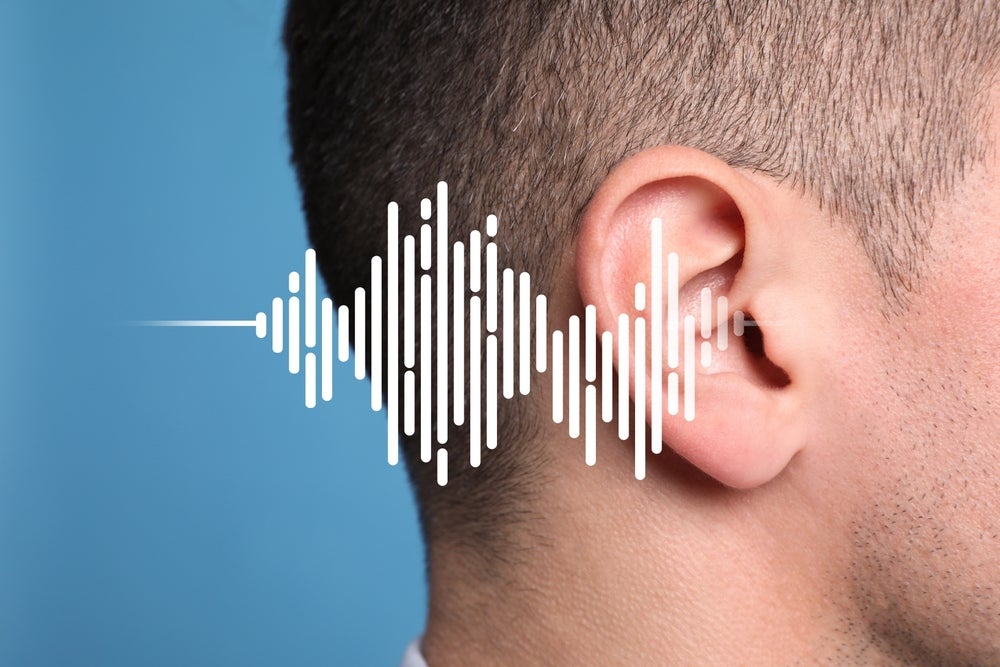Scientists using specially designed equipment have discovered that sound can inhibit the development of fat cells in the body and affect gene activity. These unexpected results suggest the potential for non-invasive therapies that utilise sound to impact our bodies at the cellular level. Most people have felt the deep vibrations of a plane taking off or the feeling of standing near large concert speakers — when sound isn’t just heard but felt throughout the body. In those moments, the whole body responds to the sound. And recent research suggests that our cells may be reacting to it as well.
The science of sound
Sound is a type of energy made of vibration that moves through things such as air, water or even the human body. These vibrations happen in patterns where particles are pushed together (called compressions) and then spread apart (called rarefactions). Sound is an important part of how the world works and helps living things gather information. But scientists are just beginning to explore how sound might also affect the body deep down, even inside our cells.
Scientists at Kyoto University have been building on research they started in 2018 to see how cells react to sound. They are using new knowledge from a field called mechanobiology (the study of how physical forces such as pressure or movement affect living things) and looking at how vibrations travel through the body. Their research shows that sound waves might press on cells just enough to make them react or change what they are doing.
What the scientists did
The scientists began their experiment by flipping a small device called a vibration transducer upside down and attaching it to a shelf. Then they played sound through it using a digital music player connected to a speaker booster (amplifier). This setup sent sound vibrations through a thin diaphragm connected to a dish that held living cells. This then let them apply sound at levels similar to what the human body normally experiences to the cells in the dish.
After the sound was applied, the scientists studied how the cells responded using several techniques. One method, called RNA sequencing, helped them see how the activity of genes inside the cells changed. They also used microscopy, where they observed the cells up close with a microscope, along with other tools.
The results and their future impact
The researchers found that sound had a strong effect on stopping a process called adipocyte differentiation, which is when early-stage cells (called preadipocytes) turn into fat cells. Although this does not mean an individual could lose weight just by listening to music, this discovery means that sound may offer a new, non-invasive approach to regulating fat production in the body. A future implication for this could be that doctors can use sound in a very targeted way to slow down fat cell growth or treat conditions such as obesity.

US Tariffs are shifting - will you react or anticipate?
Don’t let policy changes catch you off guard. Stay proactive with real-time data and expert analysis.
By GlobalDataThe team also found around 190 genes that respond to sound, observed that sound can influence how cells stick to surfaces or each other, and identified how sound signals move within the tiny structures inside cells. The identification of these genes provides a foundation for further research into how sound may regulate cell behavior at a genetic level.
This study not only shows compelling evidence that cells can sense sound, but it also questions the usual idea that only organs such as the ears and brain are involved in hearing. The surprising discovery is that individual cells in one’s body can respond to sound as well.








